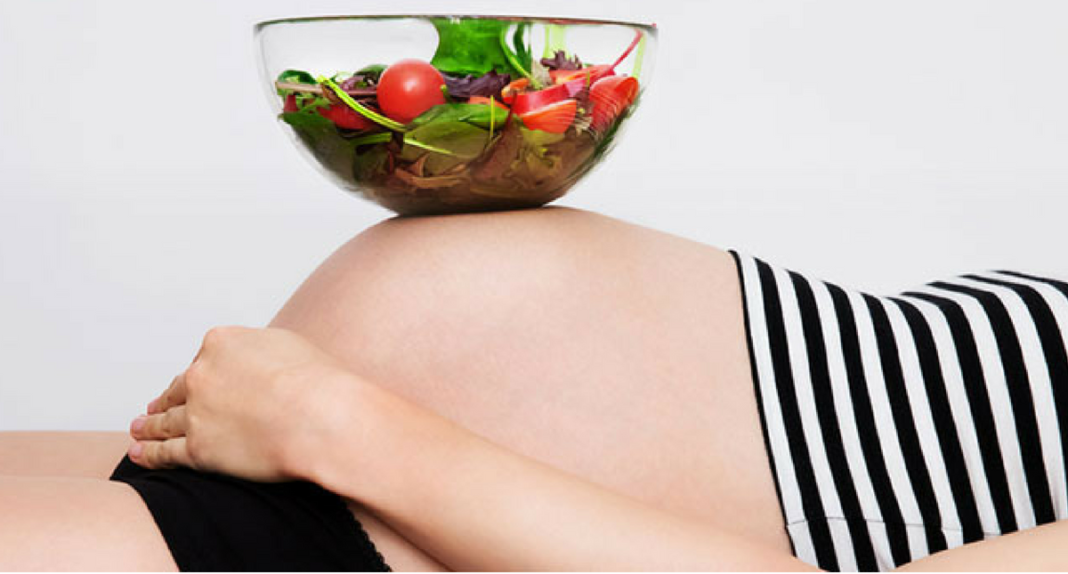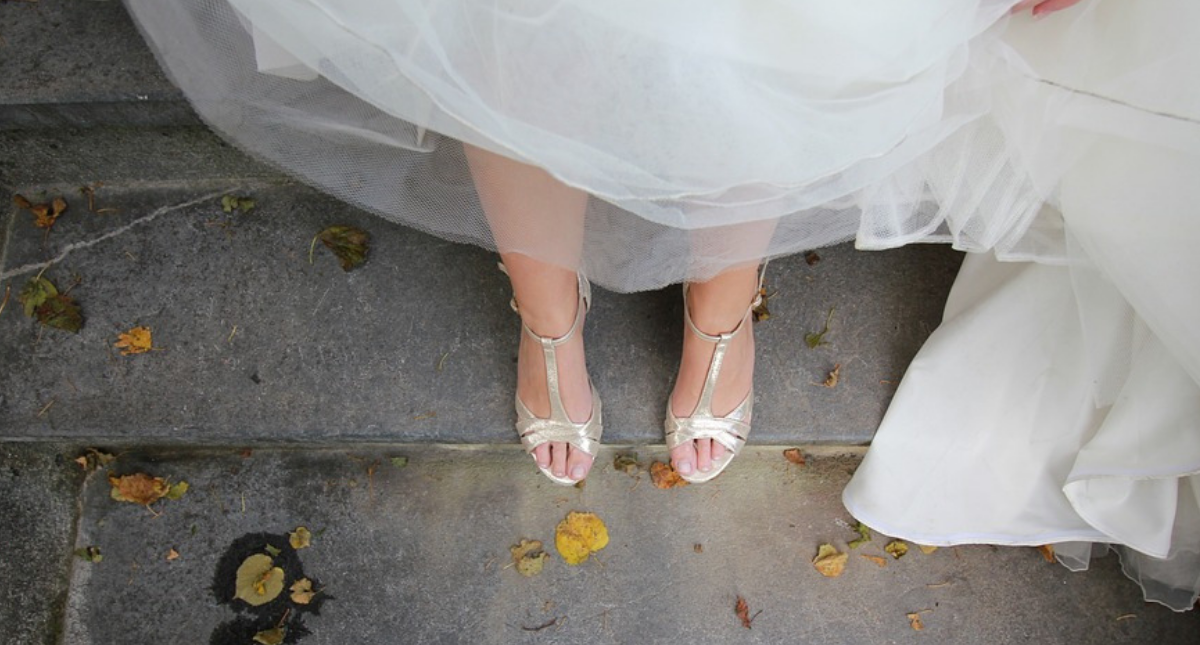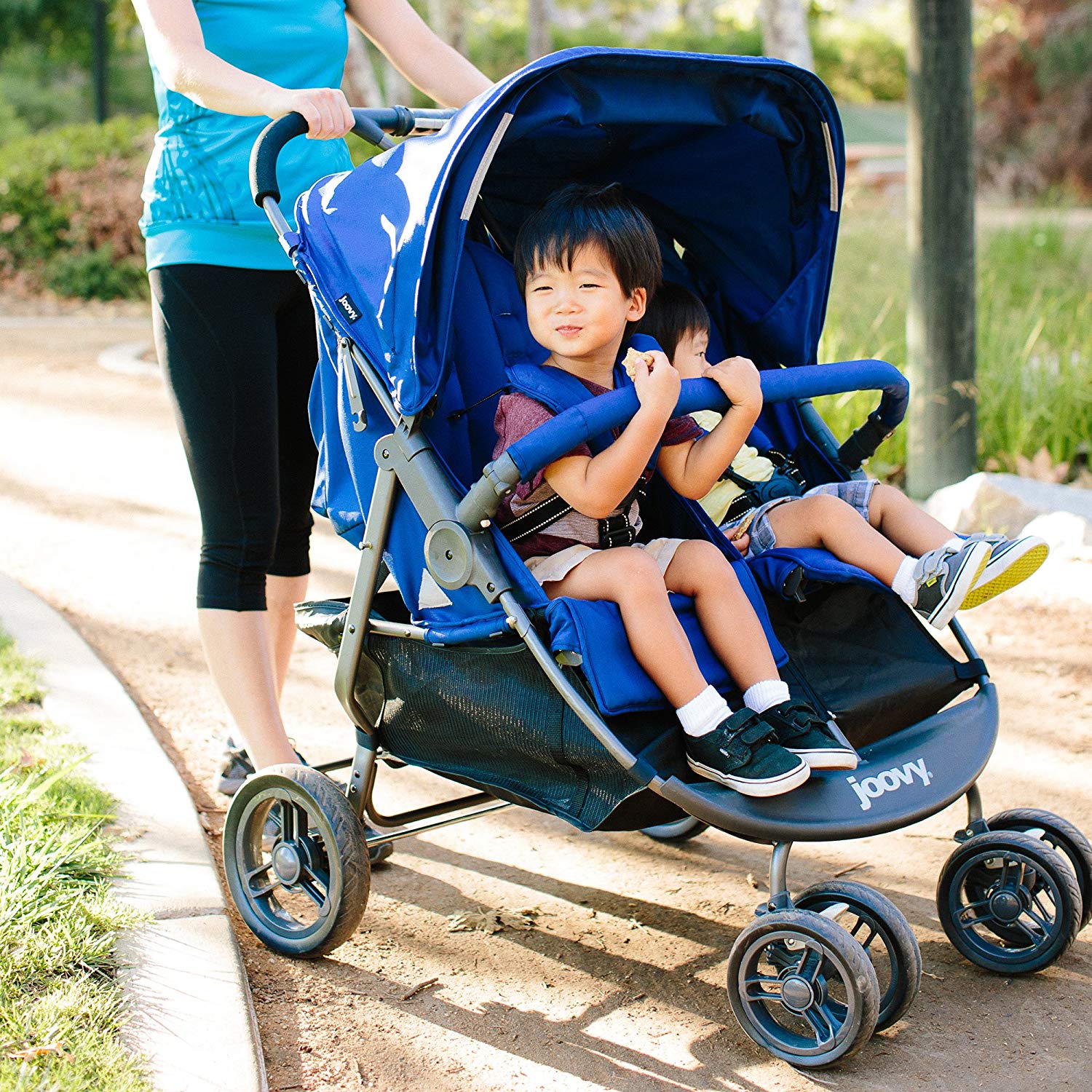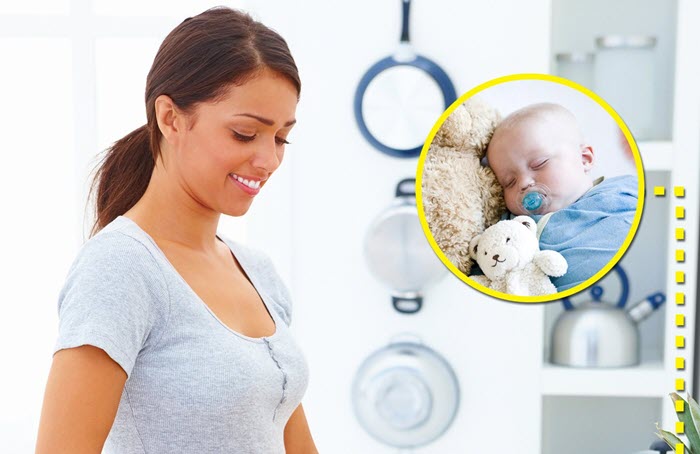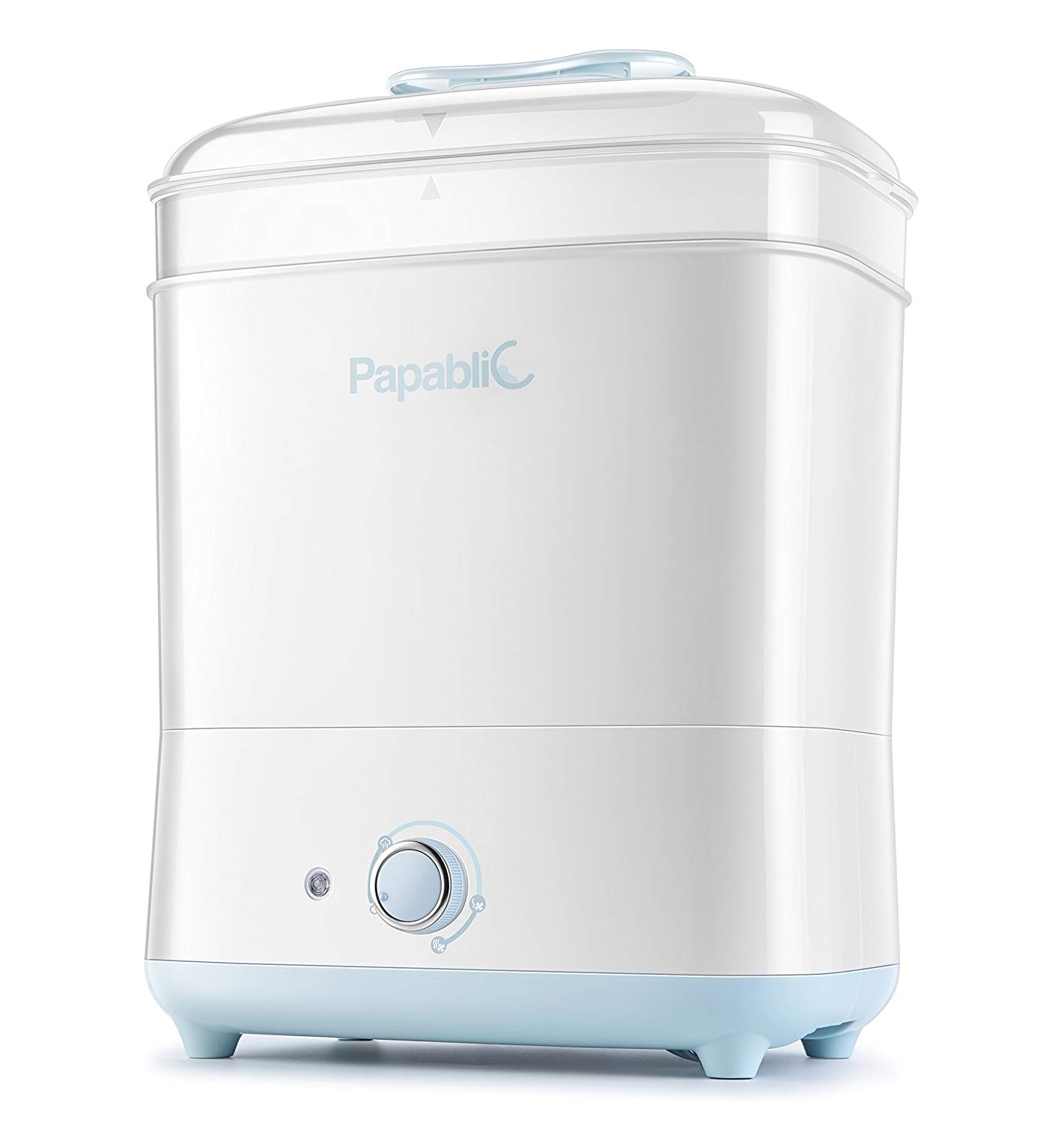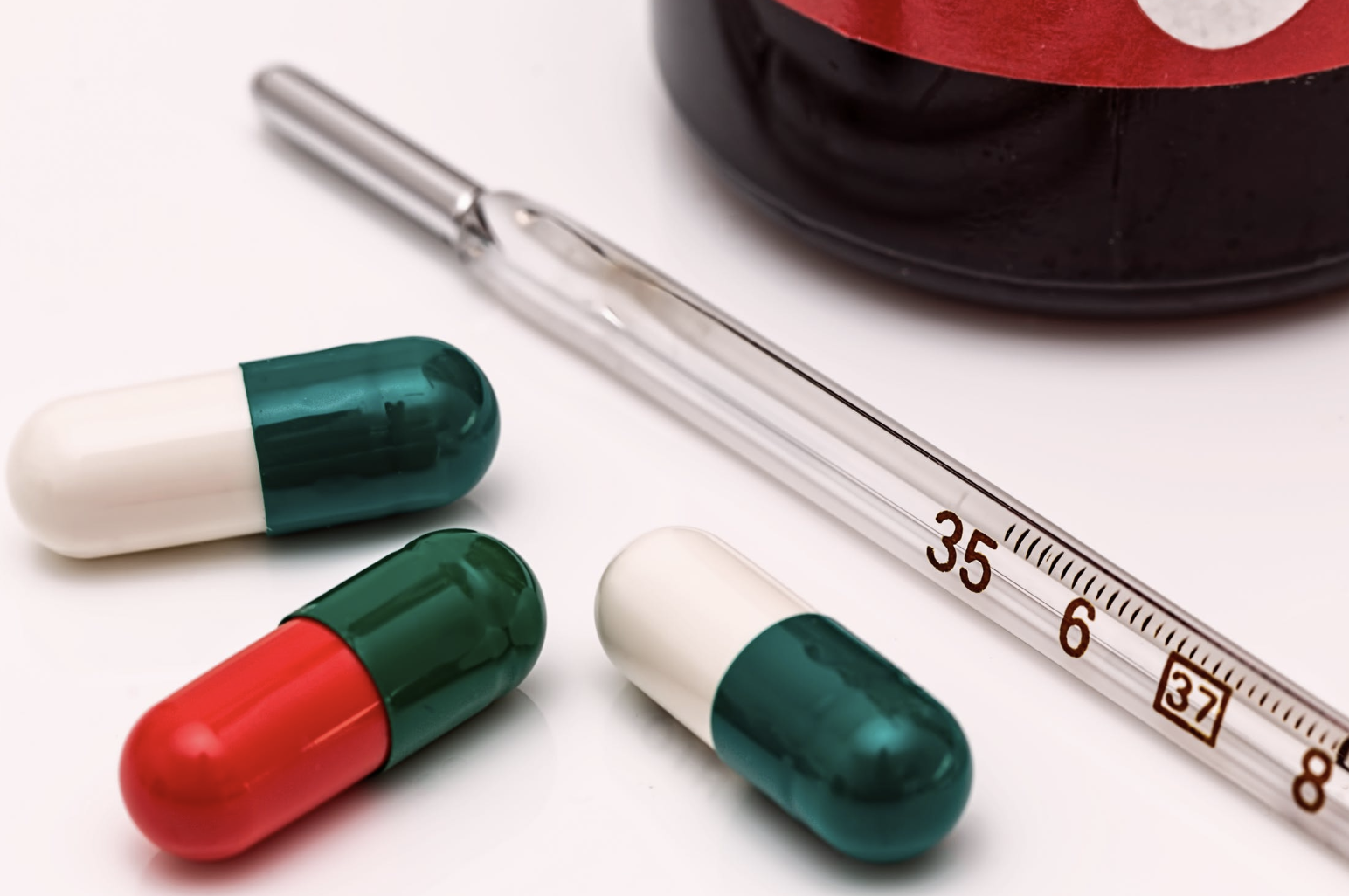

Motherhood comes with its fair share of aches, pains, and complications. A common difficulty that many women might face while breastfeeding is mastitis. Because many first-time moms may not have heard of mastitis before, it may raise a lot of questions and concerns. Today we will go over all the details about mastitis and ways to help you recharge and get better. Let’s explore what mastitis is, how it affects you and your baby, and how to treat it.

What Is Mastitis?
Mastitis is the medical term used to describe inflammation and pain in the breast. Generally speaking, mastitis occurs when there is a clogged milk duct in the breast. This clogged milk duct eventually leads to milk being trapped. The accumulated milk in the milk duct will create irritation and inflammation. Often times, this inflammation can be annoying at the very least and painful if gone untreated. Mastitis will usually occur in moms who breastfeed, but it can also happen to moms who do not breastfeed, but formula feed.
How To Tell If You Have Mastitis
It is rather easy to determine if you are suffering from mastitis or not. While symptoms will usually vary between individuals, the general system symptoms you should look out for will include the following:
1. Soreness
A woman who suffers from mastitis will generally feel the soreness in one breast. The soreness can be a dull ache, or it can be an extremely painful sensation. If there is pressure that is applied to the sore area, then the pain generally increases. Some women describe the soreness as a tender feeling that is easily irritated especially when touched. Usually, on the onset of mastitis, the soreness will be annoying and uncomfortable at best. As you progress without treatment, you can expect the soreness and pain to increase. It is not uncommon to experience sore nipples along with your mastitis.
2. Redness
For some breastfeeding moms who suffer from mastitis, there is generally a red spot on the breast. This red spot is typically an indication of where the clogged milk duct is located. The red spot can range from a dime sized area to a half dollar sized area. When you touch the area, it may be warm to the touch, sore, and painful.
3. Fever And Flu-Like Symptoms

For some women, mastitis will bring along with it a high fever. A high fever is your body's way of trying to fight off the infection that is growing in your clogged milk duct. Along with a fever, some women will complain of having flu like symptoms. The symptoms can range from body aches to shivers to fatigue.
4. Changes In Breast Milk
For women who breastfeed and are suffering from mastitis, you can expect to see a difference in your breastmilk. In extreme cases, your breastmilk may appear lumpy in its consistency. You may even notice paste or blood being expressed in your breastmilk. Although the change in your breastmilk will not harm your nursing baby, your baby may decline to eat. The increased amounts of salt in your breastmilk may make your baby reject a feeding.
5. Combination Of Symptoms
The symptoms of mastitis can appear gradually, all at once, or selectively. Not all women who suffer from mastitis will develop all the symptoms, but typically the symptoms will present themselves together. If you find yourself suffering from any of these symptoms, especially a high fever, and you suspect that it may be mastitis, then it is best to seek out medical attention immediately.
Treating Mastitis
If you suspect that you may have mastitis, there are a couple of things that you can do. First and foremost, you should go to your doctor's office for an exam to be sure that this is indeed what you are suffering from and not something else. Once you have been diagnosed with mastitis, you can start the short journey of treatment. Here are some of the most effective methods of treating mastitis both at home and medically.
1. Nurse your baby
If you are suffering from mastitis, then the next step is to continue on with your daily nursing routine. While it might sound counterintuitive, nursing is actually the best thing you can do to help yourself heal. When you nurse your baby, your baby's sucking reflex helps to encourage milk to come out. This, in turn, helps your milk ducts release the trapped milk.
The more your baby sucks, the more your milk duct gets encouraged to open. Some moms may feel hesitant to nurse their baby while they are suffering from mastitis. However, there is no need to worry. A nursing baby is not in any harm when they are nursing from a breast that has fallen victim to mastitis. Whether you are nursing in public, or nursing in the comfort of your own home, know that you are doing the best thing for your body by nursing your baby.
2. Pump Often
If you are unable to nurse your baby, or your baby has just had a good feeding, you will want to continue to encourage your milk ducts to open. After nursing your child, pull out your breast pump and begin to pump. Pumping your breast will help with opening up your clogged milk duct so that your body can start the healing process. While it is up to you whether or not you want to save the pumped milk, you might want to play it safe by dumping the milk out. Especially if your baby has already had a full feeding.
3. Warm Compresses
To help ease some of the pain that mastitis brings on, get your hands on a warm compress. A warm compress (or heating pad), when applied to the infected area, will help soothe any aches and discomfort right away.
For an extra dose of relief, consider running a hot bath and relaxing in it with your infected breast wholly submerged. Heat compresses and hot baths will help encourage your clogged duct to open so that the healing process can begin. The best time to apply a warm compress is right before feeding. The warm compress doubled up with your babies nursing will help encourage faster healing.
4. Cabbage leaves

A popular home remedy for mastitis is using cabbage leaves. This natural remedy is one that has been passed down through generations. Even many lactation consultants encourage new moms to use this technique. Simply take one or two cold cabbage leaves and place them on the infected breast. You will want to leave the cabbage leaves there for thirty minutes to an hour. Be sure to change out the cabbage leaves routinely. Do keep in mind that some nursing moms report that they see a decrease in milk when they use cold cabbage leaves.
Prevention
The best way to treat mastitis is to prevent it from ever happening. While this might sound a little strange, it’s actually pretty easy to do. If your breasts are engorged and you do not nurse your baby or pump them, then you are increasing the chances of your milk duct getting clogged. Never skip feedings either. Skipping feedings for your baby will contribute to engorgement, and this can lead to a clogged milk duct.
The best way to prevent a milk duct getting clogged is by nursing often and pumping (if you are unable to nurse). You never want to let milk linger in your breasts because your breast will become engorged and you will have a higher chance of developing mastitis this way.
1. Wear Proper Attire
Whether you were suffering from mastitis or are getting over it, there are additional things you can do to help with the healing and prevention process. For starters, work on preventing mastitis by wearing loose fitting clothes. Tight clothing and tight bras will not enable proper milk circulation. When this happens, you are more likely to get a clogged milk duct.
2. Stay Hydrated And Get Plenty Of Rest
One of the best things that you can do to help with the healing process is to drink plenty of water and get plenty of rest. Staying hydrated and resting is especially crucial if you have a high fever. Resting will allow your body to repair itself and will help make the healing process smoother. While it may be impossible to rest with a newborn on your hands, it may be of great benefit to you to take a nursing vacation. Simply stay put in bed all day and nurse your baby to help clear the infection. Just be sure that if you are going to do this, you are practicing safe co-sleeping habits.
3. Nurse Properly

If you do not nurse properly, then you may be putting yourself at risk of developing mastitis. When you nurse your baby, you want to make sure that your baby has access to the nipple and that the flow of milk is not disrupted or blocked. The best way to prevent this is by wearing nursing bras. Nursing bras will allow you to nurse without having to worry about any blockage.
Not only should you be nursing properly, but you want to make sure that your little one is feeding properly as well. If your baby does not have a good latch, then they will be less successful to draw out milk.
Medical Treatment
When mastitis cannot be resolved with home remedies, then your next course of action is to seek medical attention. Your doctor will likely prescribe a course of antibiotic medicines to take. This medicine will he help break down and eliminate the bacterial infection so that you can be on the road to healing.
Final Thoughts
Most cases of mastitis will resolve on their own. In severe cases, medical intervention will be required to help eliminate the infection. Regardless, with these simple home remedies, you should be able to get rid of mastitis in no time. Use these tips and tricks to bounce back from a mastitis infection the next time you find yourself battling this breastfeeding annoyance.




